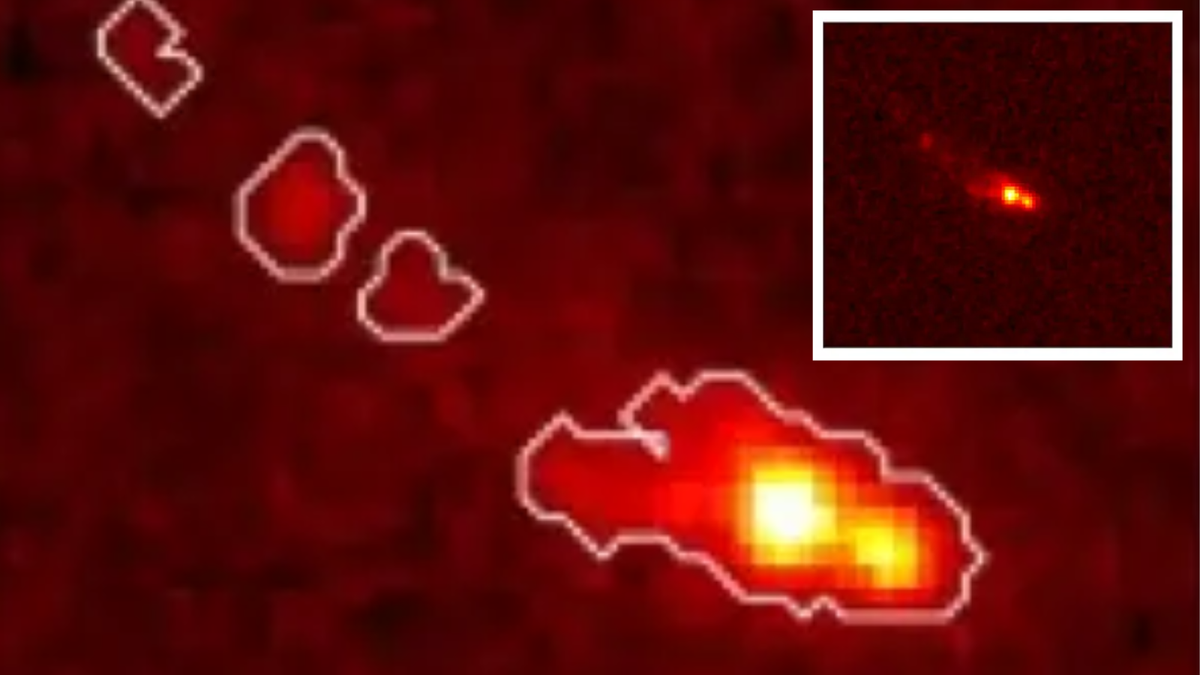NASA’s Lucy Spacecraft Discovers Astonishing Space Rock
Last November, NASA’s Lucy spacecraft completed a historic flyby of its first designated asteroid, Dinkinesh. To scientists’ amazement, the close encounter revealed that Dinkinesh was not just a singular rock but a trio of celestial bodies. Furthermore, the spacecraft’s observations unveiled that one of these entities, Selam, was composed of two separate objects fused together.
The Unveiling of a Marvelous Asteroid System
Named after the Amharic word for “marvelous,” Dinkinesh was selected by NASA as a testing ground for Lucy’s advanced terminal tracking system, designed to independently track and maintain focus on asteroids. The mission’s deputy project scientist, John Spencer, from the Southwest Research Institute (SwRI) in Texas, expressed astonishment at the system’s performance, surpassing stability expectations and capturing sharp imagery throughout the encounter.
Hal Levison, the principal investigator for the mission, echoed Spencer’s sentiments, highlighting the mission’s success in providing unprecedented data about the asteroid system. Preliminary findings shared at the Lunar and Planetary Science Conference in Texas indicated that Dinkinesh and Selam share similarities in age, surface features, and likely origins as fragments from larger celestial bodies.
Insights from a Celestial Encounter
According to Simone Marchi, the deputy principal investigator of the mission at SwRI, the presence of significant craters on Dinkinesh suggests an estimated age of 7 million years, with Selam being approximately 2 million years old. The relatively close ages of the two entities present intriguing questions about their formation mechanisms and evolutionary paths.
Marchi also highlighted the thin boundary between Selam’s dual lobes, emphasizing the delicate nature of this contact-binary structure. The presence of ridges on the asteroids’ equators was attributed to the “YORP effect,” a phenomenon where absorbed sunlight generates rotational momentum, influencing the surface features of the celestial bodies.
Exploring the Mysteries of the Solar System
As the Lucy mission progresses, with plans to study Trojan asteroids from 2027 to 2033, researchers anticipate unraveling further mysteries of our solar system’s formation. These Trojan asteroids, located in Jupiter’s orbital path, hold vital clues about the early stages of our cosmic neighborhood and potentially shed light on the origins of life on Earth.
In the meantime, scientists are fervently analyzing the wealth of data acquired from the Dinkinesh system to piece together the narrative of its evolution. The unexpected complexity and unique features of this asteroid system have sparked curiosity and excitement within the scientific community, hinting at the vast intricacies hidden within small celestial bodies.
The exploration and discoveries made by NASA’s Lucy spacecraft serve as a reminder of the boundless wonders awaiting us in the depths of space, offering profound insights into the rich tapestry of our cosmic history.
Image/Photo credit: source url





